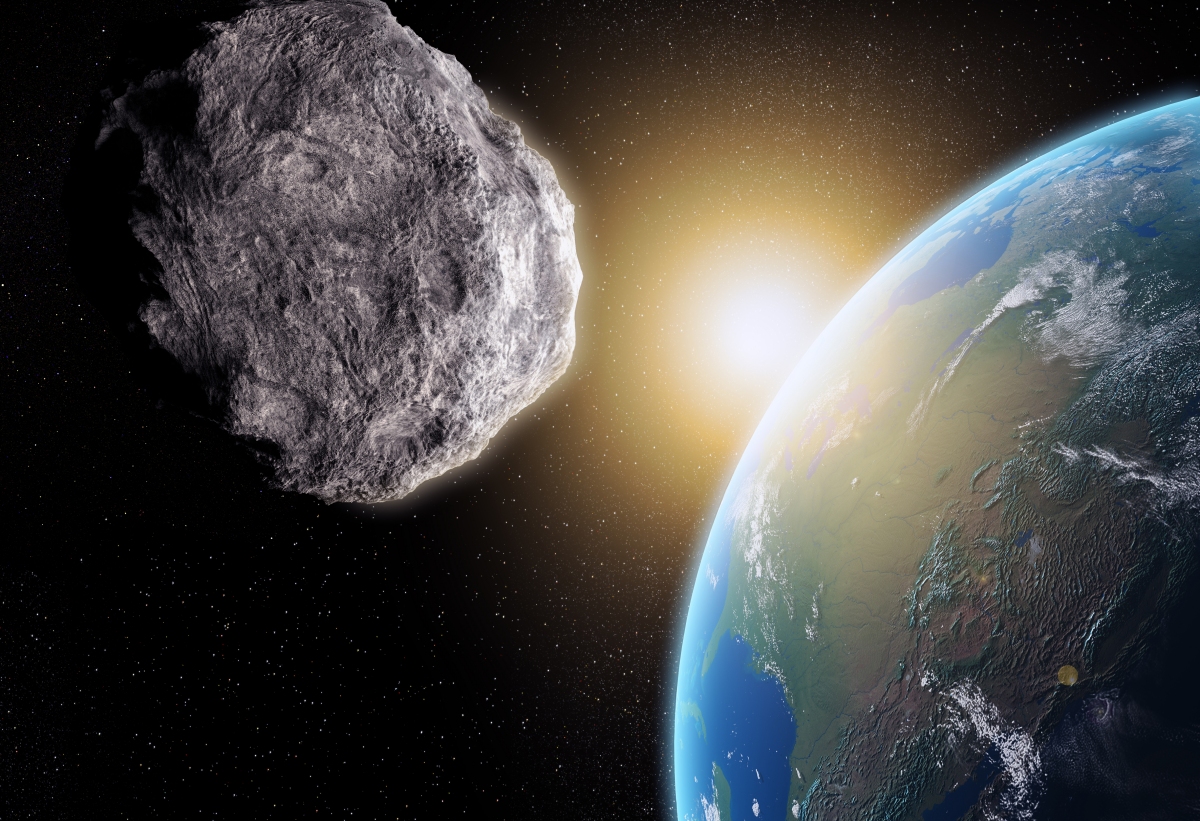Why it matters: There’s no shortage of Hollywood movies depicting the imminent doom of the human race thanks to a rogue asteroid on a collision course with Earth. It’s a scenario that makes for great onscreen entertainment but one that’s also a very real threat. Eventually, it’s going to happen (again) and just like in the movies, we want to have some sort of defense in place.

It’s why scientists at NASA are planning to launch the Double Asteroid Redirection Test (DART), a space probe expected to launch in 2020 with the goal of slamming into an asteroid. The hope is that the impact will be able to alter the asteroid’s orbit.
Given the vast expanse of space, even a tiny alteration in an asteroid’s projected path could be enough to cause it to miss Earth and potentially save humanity over the course of millions of miles.
NASA’s target with DART is Didymos, a binary asteroid system orbited by a smaller satellite roughly 490 feet in diameter. The probe will crash into this smaller asteroid. Neither are on a path for Earth and there’s no possibility of an impact causing danger to us.
Mark Fittock, a Monash University alum that worked on NASA’s InSight lander, told The Sydney Morning Herald that if they’re smart about what they hit the asteroid with, they could use something smaller but to better effect.
“If this was really happening and we had to stop it, we don’t know much about our options at the moment – we know we could hit something, but we don’t know what to hit it with,” he said.
Lead image courtesy Mopic via Shutterstock
https://www.techspot.com/news/78502-nasa-preparing-test-asteroid-defense-system.html